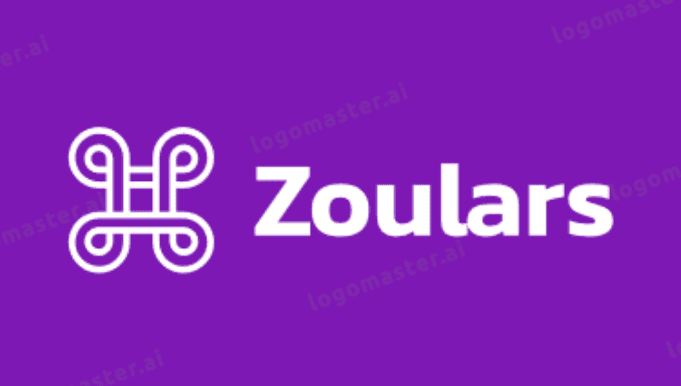T-shirt Design 101
Designing a T-shirt involves several steps, from brainstorming ideas to finalizing the design. Here’s a step-by-step guide to creating your own T-shirt design:
1. Concept and Idea
- Target Audience: Consider who will wear this shirt. Is it for a specific event, age group, or theme (e.g., fun, motivational, artistic)?
- Theme or Message: Think about the message, quote, artwork, or concept you want to convey. This can range from a graphic design to a catchy slogan or logo.
- Style: Decide on the style of the design (minimalist, vintage, retro, modern, bold, artistic, etc.).
2. Choose Your Design Software
- Adobe Illustrator: Great for vector graphics, logos, and designs that need to be scalable.
- Photoshop: Suitable for raster images, such as detailed illustrations or photos.
- Procreate: A popular choice for digital drawing on iPad.
- Canva: If you want an easy-to-use tool with templates and a simple drag-and-drop interface.
- Inkscape: A free vector graphics editor that’s a great alternative to Illustrator.
3. Set Up Your Canvas
- T-shirt Size: The standard print area for T-shirts is approximately 12"x16" (30.5x40.6 cm), but make sure to check the print size recommended by your printer or manufacturer.
- Resolution: For quality prints, use a resolution of 300 DPI (dots per inch).
- Color Mode: Use RGB for digital mockups but convert to CMYK when preparing for print to ensure color accuracy.
4. Design the Artwork
- Text-based Designs: Choose a font style that fits your theme (bold, elegant, playful, etc.). You can combine multiple fonts but be careful not to overcrowd the design.
- Tools for fonts: Google Fonts, dafont.com, or Font Squirrel.
- Graphic-based Designs: Use illustrations, logos, or symbols that reflect your concept.
- Consider symmetry, spacing, and color contrast for visual appeal.
- Use Layers: Keep the design elements (text, images, backgrounds) on separate layers to make editing easier.
5. Choose Colors
- T-shirt Color: Choose a base color for the shirt. Make sure the design contrasts well with it.
- Design Colors: If you’re using multiple colors, limit the palette to avoid overcomplicating the design. Use complementary colors to make your design pop.
- Tools like Adobe Color or Coolors can help you create cohesive color schemes.
6. Mockup the Design
- Create a mockup of how the design will look on a T-shirt. This helps visualize the final product and allows you to adjust positioning or size.
- There are free online tools and templates like Placeit or Smartmockups where you can upload your design and see it on a shirt.
7. Prepare for Printing
- File Format: Save your design in a file format suitable for printing. Common file types for T-shirt printing are:
- AI (Adobe Illustrator): For vector designs.
- EPS: Another vector format that can be used by printers.
- PNG: For raster images (use a transparent background).
- Convert to CMYK: If you designed in RGB, convert the design to CMYK for accurate printing.
- Check for Bleed Areas: Ensure your design does not go beyond the print area, and if it does, extend it slightly for “bleed.”
8. Choose a Printing Method
- Screen Printing: Best for large quantities with fewer colors.
- DTG (Direct-to-Garment) Printing: Ideal for full-color designs, especially for smaller batches.
- Heat Transfer or Vinyl: Good for small runs or custom orders.
- Embroidery: For logos or small designs on shirts, often used for professional or uniform-style designs.
9. Order Your T-shirts
- Choose a supplier or print-on-demand service like Printful, Teespring, or Custom Ink to print your design.
- If you're using a local print shop, check for proofs before proceeding with the full order.
10. Market and Sell (Optional)
- If you're planning to sell the T-shirt, create engaging marketing content. Consider sharing your design on social media, setting up an online store (Shopify, Etsy), or partnering with influencers.
Tips for a Great T-shirt Design:
- Keep it Simple: Overly complex designs can be hard to print and may not look as good on a T-shirt.
- Consider the T-shirt's Shape: Think about how the design will look on different sizes and fit types (e.g., slim fit vs. regular).
- Placement: Ensure the design is placed in a balanced and aesthetically pleasing position (center, top-left, etc.).
- Think of Wearability: Is your design something people will enjoy wearing often?
Would you like help with any specific part of the design process or some software recommendations?
